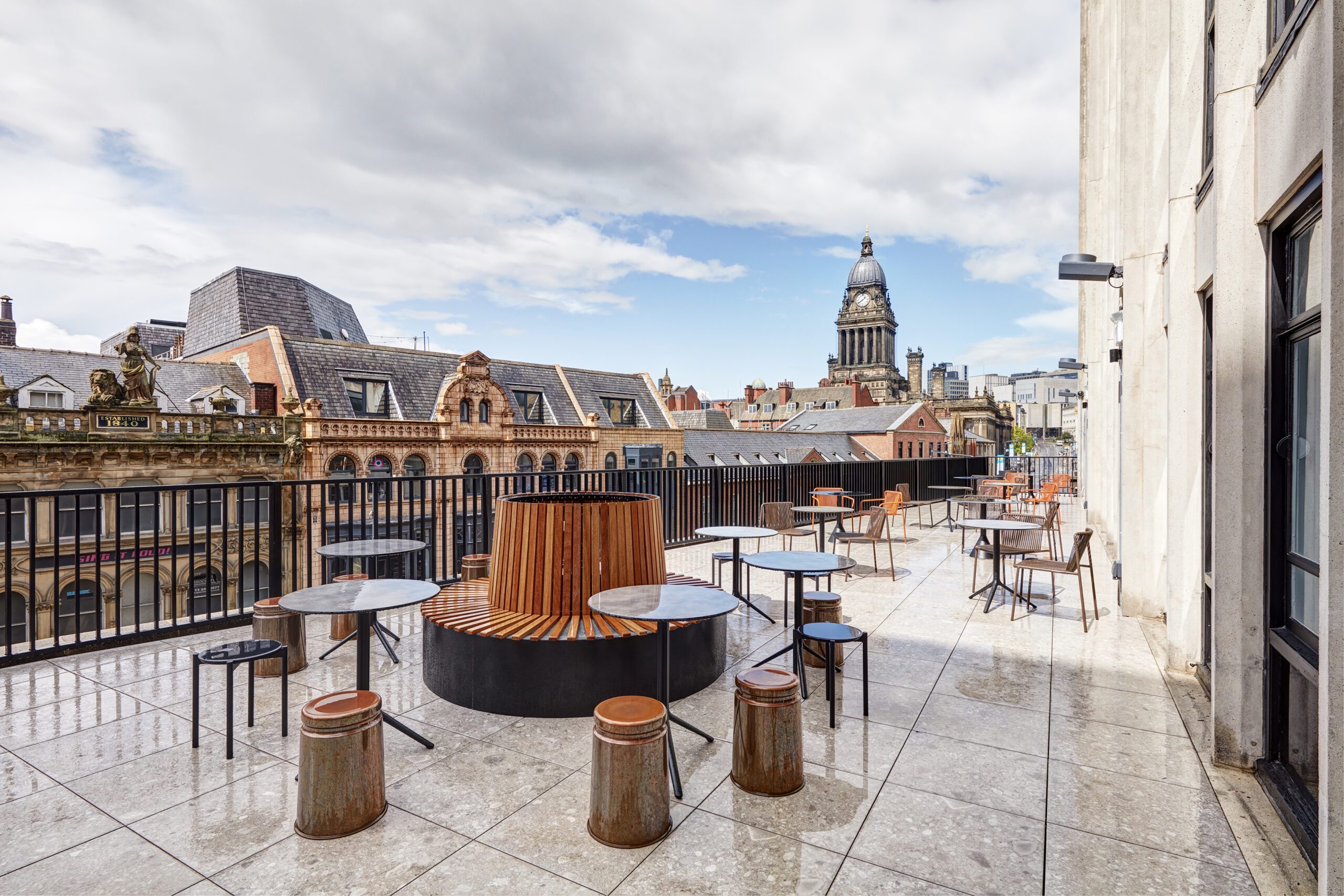
A Tale of Two Classes: Prime Office Supply in London and Paris

A Tale of Two Classes: Prime Office Supply in London and Paris
Economic historians tell us that the Black Death helped birth the domestic silk industry in Europe. Until the fourteenth century, silk was mainly imported from Asia. But the Black Death led to a consolidation of European wealth, which funded fresh investment in fixed capital, enabling local entrepreneurs to produce silk at scale for the first time. As we’d expect, the Covid-19 pandemic has already bred some new industries, too—for example: the cottage industry of “thought leaders” and writers who hold forth about the death of the office and the birth of “distributed work”. We have monitored this one closely over the last year. As you could probably guess, though, we’re not buying what these pandemic entrepreneurs are selling.
In short, their predictions about a new status quo—where remote work rules, offices empty out for good, and office buildings lose virtually all value—strike us as overgeneralised. That’s because we believe that composition matters a lot: office buildings come in different varieties, and, going forward, these differences will loom increasingly large. Although some sub-classes of office space will no doubt struggle, other sub-classes will thrive. We have plenty to say about this idea, but here we want to focus on the narrower point that prime office space in select gateway cities, like London and Paris, will do just fine. We think this view is already borne out by what’s happening in actual real estate markets.
In London, top-flight office space outperformed in 2020. Despite sluggish take-up, prime rents held the line, and capital values rose. London’s prime office market owes its resilience to persistent demand on the part of blue-chip tenants, which evidently don’t intend to embrace the distributed work model: Latham & Watkins signed a 15-year, 220,000 sq ft lease at £81 per sq ft in the City of London, and TikTok agreed a 15-year, 90,000 sq ft lease at £85 per sq ft in Farringdon. Latham & Watkins and TikTok are not exceptions. Active requirements for office space in Central London and the City now total approximately 7.1 million sq ft, up from the five-year average of about 6.4 million sq ft. Meanwhile, with developers spooked into retreat by the pandemic, new starts in the first quarter of 2021 fell by about a third year-over-year. We think these facts point to a widening gap between supply and demand in the market for best-in-class office space in Central London.
Notably, London isn’t alone. We see a similar imbalance emerging in Paris, where the market for top-quality office space is increasingly strained, too. Although take-up in Greater Paris suffered last year—registering just 1.3 million sq m, about 45% below the city’s take-up level in the year prior—prime yields barely moved. As of March, prime CBD yields stood at 2.75%, unchanged from a year earlier, and 10 bps below their pandemic-era peak of 2.85% in September 2020. Meanwhile, prime rents in Paris increased by 7% last year, reaching €935 per sq m in the first quarter of 2021. As we saw in London, prime rents in Paris were shored up by stable demand on the part of blue-chip tenants. For example, last year, Boston Consulting Group agreed a 20,000 sq m lease at L1VE, and Goldman Sachs agreed a 6,500 sq m lease at 83 Marceau. When completed, both buildings will be brand-new redevelopments, located in the swanky 16th arrondissement. So much for cutting costs by abandoning the office, right?
Although traditional blue-chip tenants continue to want grade A office space in Paris, a broader “flight to quality” means that non-traditional occupiers will increasingly want top-tier space, too. This growing preference for quality is driven by several factors, including tenants’ interest in showcasing their ESG bona fides and their desire to entice employees into the office with five-star workplaces. As occupier preferences upgrade, prime-office supply will struggle to accommodate demand. Just like in London, offices in Paris are often old, refurbishment is difficult, and new development is costly. That makes high-quality buildings precious. The fact that prime rents increased last year, even amid the chaos of the pandemic, illustrates just how tight the market already is. All told, prime office space in Paris remains sought-after and expensive.
